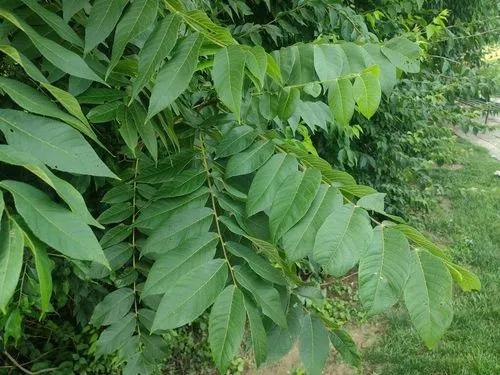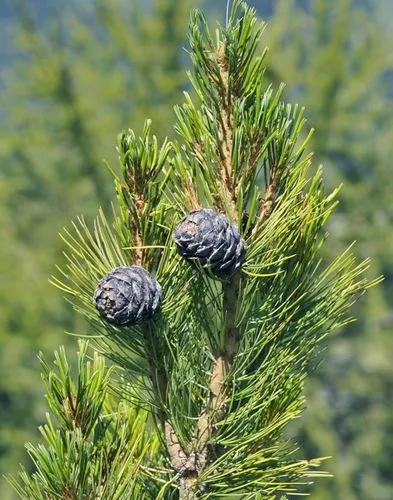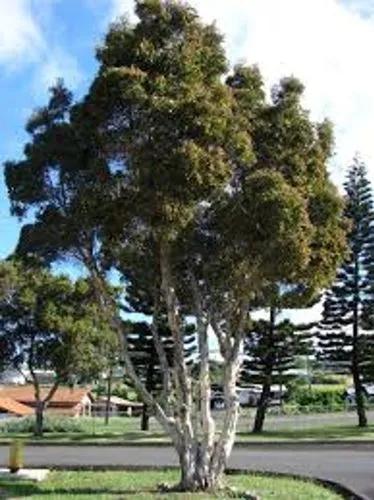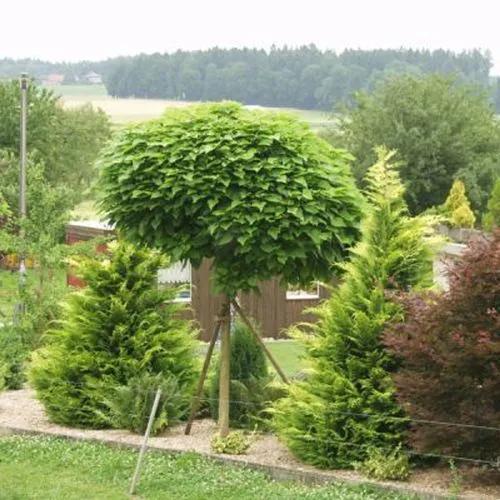Pinus strobiformis, commonly known as southwestern white pine, Mexican white pine or Chihuahua white pine, is a medium-sized white pine tree whose native habitat is in southwestern United States and Mexico. It is typically a high-elevation pine growing mixed with other conifers (a montane forest).
Chihuahua White Pine Care
Pinus Strobiformis



Pinus strobiformis, a member of the white pine group, Pinus subgenus Strobus, is a straight, slender tree growing to 30 m tall and 1 m in diameter. The bark is smooth and silvery-gray on young trees, aging to furrowed and red-brown or dark gray-brown. The branches are spreading and ascending. Twigs are slender, pale red-brown, aging to smooth gray or gray-brown. Buds are ellipsoid, red-brown, and resinous.
Leaves (needles) are five per bundle (fascicle), sometimes four, spreading to ascending-upcurved, 4–9 cm long (rarely 10), 0.6-1.0 mm in diameter, straight, slightly twisted, pliant, dark green to blue-green, and persist 3–5 years. The upper surface ('adaxial' - facing toward the stem of the plant) is conspicuously whitened by narrow stomatal lines. The lower surfaces ('abaxial' - facing away from the stem of the plant) are without evident stomatal lines. The margins are sharp, razorlike and entire to finely serrulate, apex narrowly acute to short-subulate. Each fascicle has a deciduous sheath 1.5-2.0 cm long which is shed early.
How to Care for the Plant

Popularity

89 people already have this plant 5 people have added this plant to their wishlists
Discover more plants with the list below
Popular articles






